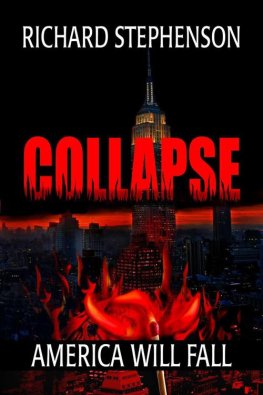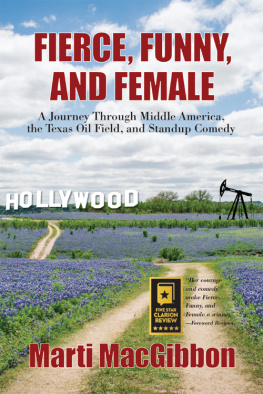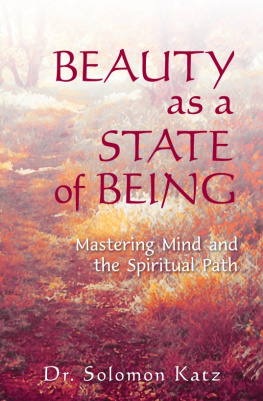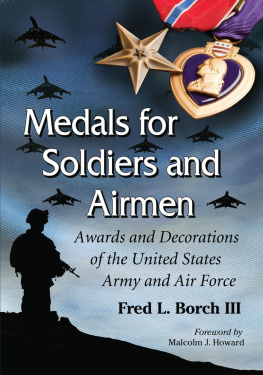Dedication
This book is dedicated to my father, Samuel N. Etheredge, who has inspired me my entire life. He was a member of that greatest generation who went to war during World War II to keep this country and the world safe and free. He loved his country and taught me to love it as well. He passed away this year at the age of 97 on the same day that I finished this book. During his last days in the hospital, he could be heard singing old songs and reciting poems memorized as a child, including many of those found in the back of this book.
I am sure he would have been proud to be a part of any effort to help Americans learn more about their country and keep the American dream alive.
Introduction
T HIS BOOK HAS MANY INSPIRATIONS. I was involved with the Boy Scouts as my son advanced from Tenderfoot to Eagle Scout, and I marvelled at what those boys learned about their country and their flag during their time as Scouts. I started comparing the experience of many children today to what I experienced as a child many years ago, and realized that something was missing today in our countrythat innate love of country and knowledge of its history that I think existed when I was growing up just isnt as common now.
I chanced to pick up a book designed to help non-citizens prepare for the U.S. Citizenship Test. After looking over the questions, I realized that a majority of native-born Americans probably couldnt answer the questions themselves. They havent learned or remembered the basic American history and civics needed to allow them to properly fulfill their obligations as citizens.
It is easy to forget the sacrifices, hardships, and accomplishments of the generations of Americans that have gone before. The world is a far better place because of the existence of the United States of America and the world continues to need a strong and free America. But the world is rapidly shrinking with daily advances in technology and communication, and those changes threaten the very traits that make this country great. To maintain that greatness, we need to know what made it special in the first place. That became my goalto help every American learn about their country, to make sure they possess at least the minimum knowledge that a naturalized citizen possesses, and to ensure that they, too, could pass the U.S. Citizenship Test.
Then, I happened to read Ronald Reagans 1989 farewell address to the nation. He ended his speech with a challenge to every American that sums up the reasons behind this book. He was talking about the 1990s, but his speech applies just as much today.
An informed patriotism is what we want. And are we doing a good enough job teaching our children what America is and what she represents in the long history of the world? Those of us who are over 35 or so years of age grew up in a different America. We were taught, very directly, what it means to be an American. And we absorbed, almost in the air, a love of country and an appreciation of its institutions. If you didnt get these things from your family, you got them from the neighborhood, from the father down the street who fought in Korea or the family who lost someone at Anzio. Or you could get a sense of patriotism from school. And if all else failed you could get a sense of patriotism from the popular culture. The movies celebrated democratic values and implicitly reinforced the idea that America was special. TV was like that, too, through the mid-sixties.
But now, were about to enter the nineties, and some things have changed. Younger parents arent sure that an unambivalent appreciation of America is the right thing to teach modern children. And as for those who create the popular culture, well-grounded patriotism is no longer the style. Our spirit is back, but we havent reinstitutionalized it. Weve got to do a better job of getting across that America is freedomfreedom of speech, freedom of religion, freedom of enterprise. And freedom is special and rare. Its fragile; it needs protection.
So, weve got to teach history based not on whats in fashion but whats importantwhy the Pilgrims came here, who Jimmy Doolittle was, and what those 30 seconds over Tokyo meant...If we forget what we did, we wont know who we are....
So I put together this book. I added a concise timeline of American history, copies of our important documents, details on how our government works, information about our national flag and our military, maps depicting our countrys growth, lots of Americana, and what I feel are the most important American speeches made since our founding. The book contains things you should know, interesting things you may not know, and everything you need to know to pass the citizenship test.
The U.S. Citizenship Test questions are in the back of this book. You might want to see just how well you know your countryit is depending on you.
Chapter 1: History of America
A merica has always been a special place. She is filled with an industrious people who have always pushed the limitswhether the limits of the western frontier, or the limits of imagination. But she cannot claim that hard work or innovation alone created her dominant position in the world, or that any other nation can achieve the same success if they just try hard enough. From her creation, America has benefited from a set of conditions that the world has never seen before, nor will it ever see again. It was the classic case of being in the right place at the right time.
Americas Special Attributes
The unique characteristics of the North American continent, along with the political and philosophical climate of the 1700s, helped shape the country that was destined to become the greatest the world had ever seen. It was the perfect recipe.
Geography : America had a unique geography. Its coasts ran north and south which, in a day when ships could only calculate latitude and not longitude, was invaluable for discovery, colonization, and commerce. Its eastern shore was washed by a Gulf Stream that moderated its climate while transporting ships to and from its shores. The eastern coastal areas that were the first to be settled were hospitable, and supplied the required shelter, food, and water. The settlers were not immediately faced with imposing mountain ranges, impassable jungles, or searing deserts (though some of these would come later). It had plenty of coastlines, protected harbors, and deep rivers to allow for transportation, commerce, fishing, and projecting their future naval seapower. It did have mountains and deserts, but with plenty of flat prairies, farmland, and forests in between. And it stretched all the way to a western coast on a new-found ocean, providing the magnetic allure that would pull the country westward until it achieved its manifest destiny.
Climate : It was blessed with a Goldilocks climatenot too hot and not too cold. Crops could be grown everywhere in the summer, and ports were not ice-bound in the winter. The land was not lashed with seasonal monsoons, nor parched by searing temperatures. It almost always received enough rain to grow crops.
Natural resources : Abundant game kept early settlers alive until they could get crops established, and the plentiful forests provided wood for building and fuel. Later generations would use the fertile Great Plains and California Central Valley to feed the world. There was abundant fresh water, both above and below the ground. The earth yielded valuable minerals, chemicals, coal, and petroleum. Ironically, the gold that early explorers came here seeking was not found until 1848 in California, when it provided the impetus for the final push of settlement across the country.
A fresh start : Other than the Native American tribes, the continent was a clean slate upon which a new country could be written. There was no history of conquests and re-conquests, feudal lords, or countrysides ravaged by war. There had never been kings, emperors, dictators, coup dtats, or centuries of religious or ethnic hatred. The founders could start from scratch and do it right.







